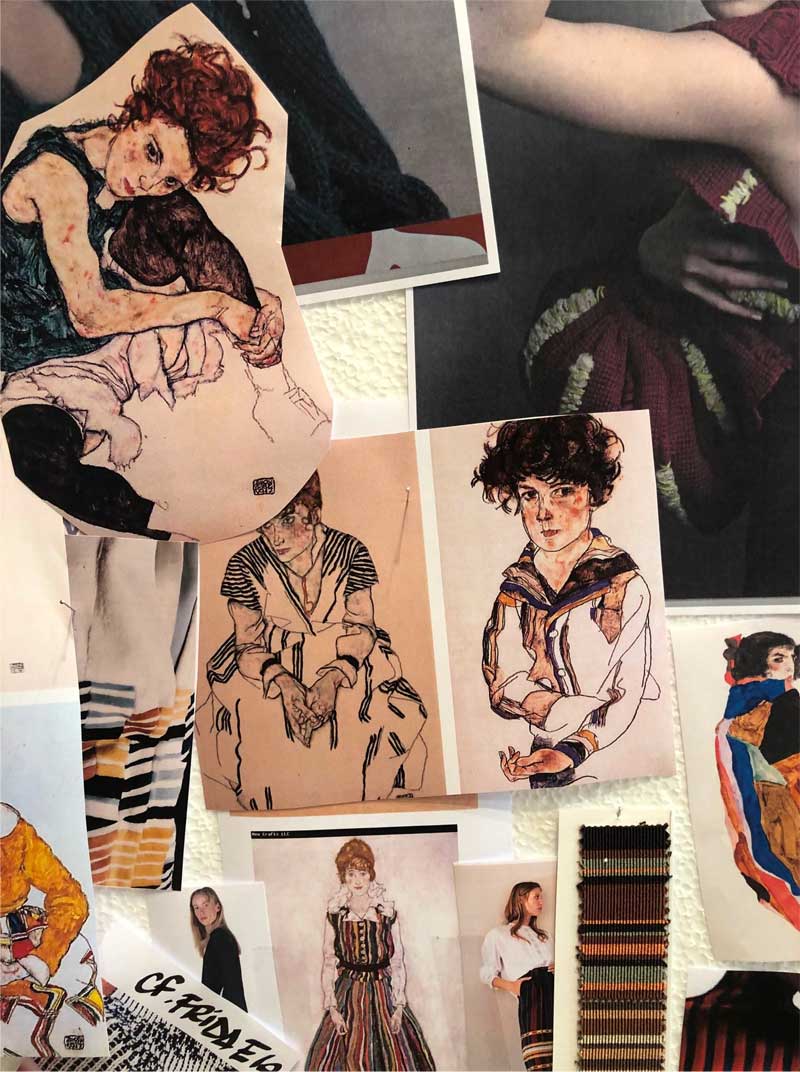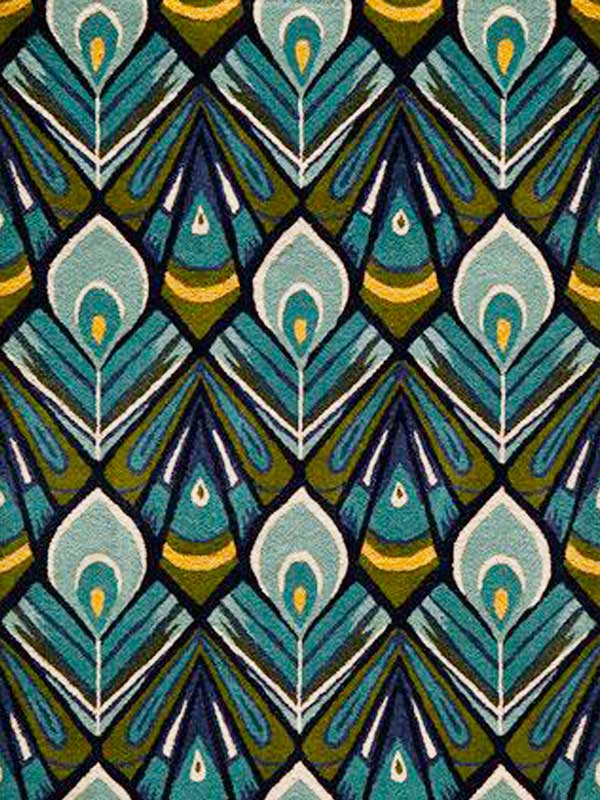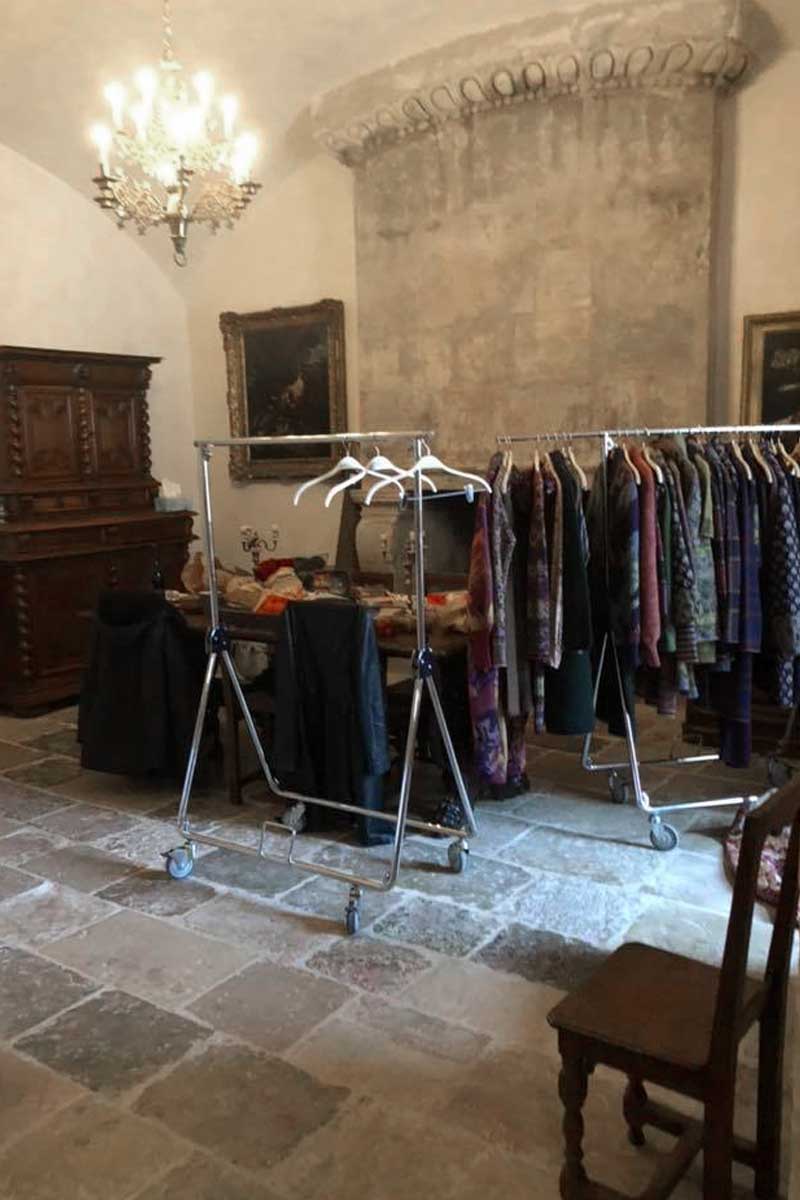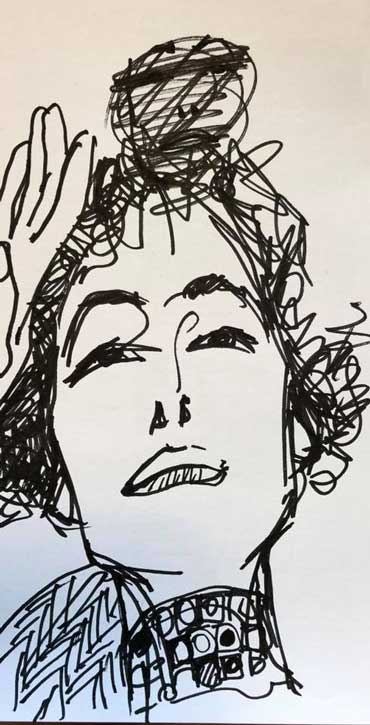A Gutaï exhibition at the Soulages Museum... | |
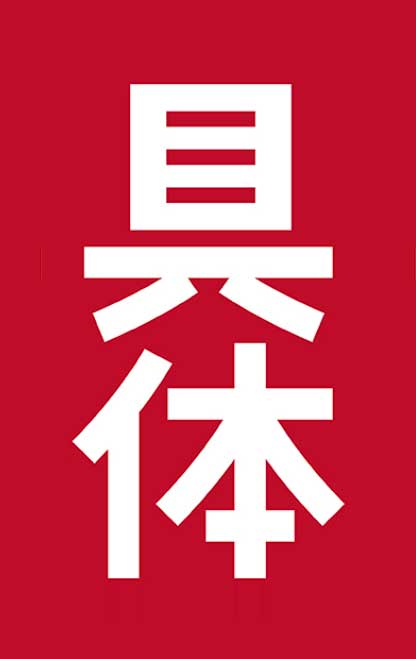 | One never really knows how it is all starting but concerning this collection it came from last summer, when I went to see the exhibition "Gutaï, space and time" at Soulages Museum in Rodez. While wandering among the works of art being shown there, I was feeling concerned with the approach of this Japanese avant-garde movement in which, as Yoshihara Jiro said: "Concrete art doesn't change material but gives birth to it". This festive approach to art, the freedom of movement, with no other boundaries than nature's ones, this "huge bonfire", certainly gave me the first creative stimulus. But designing a collection, outlining this woman's silhouette and personality is demanding more concrete information…This woman will slowly make herself visible among the shapes and colours I can see, among fragments of things which will surround her and tell her story. |
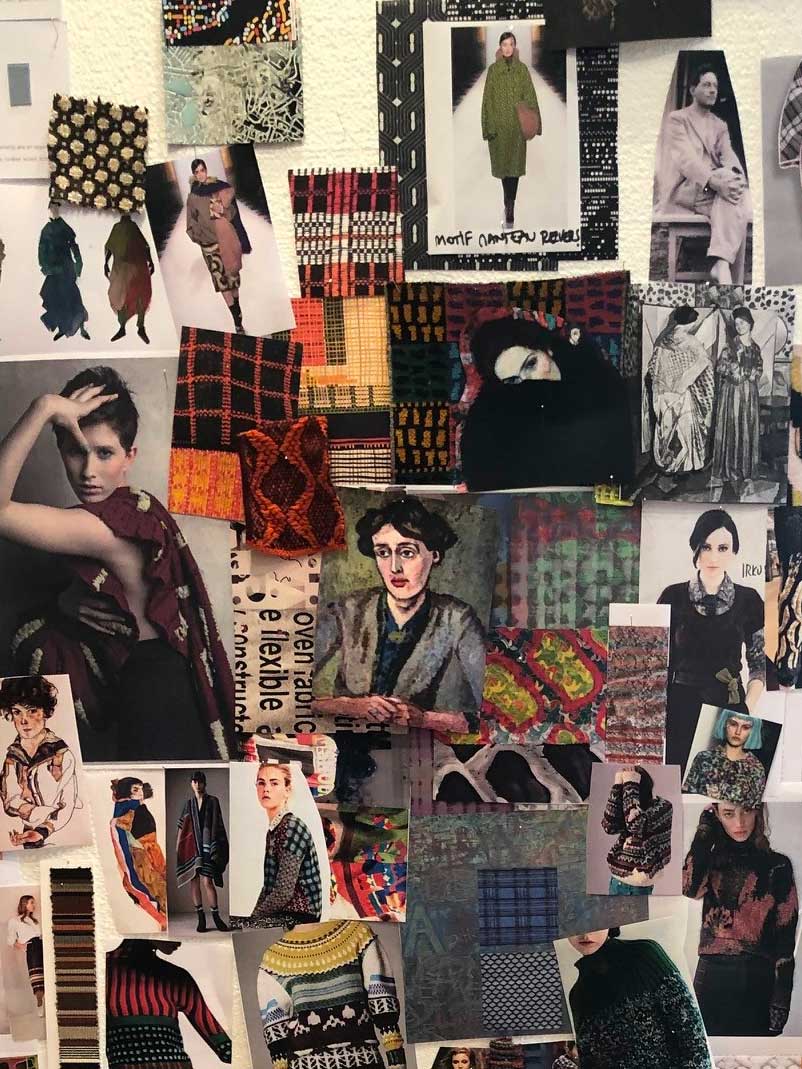 Mood board. | 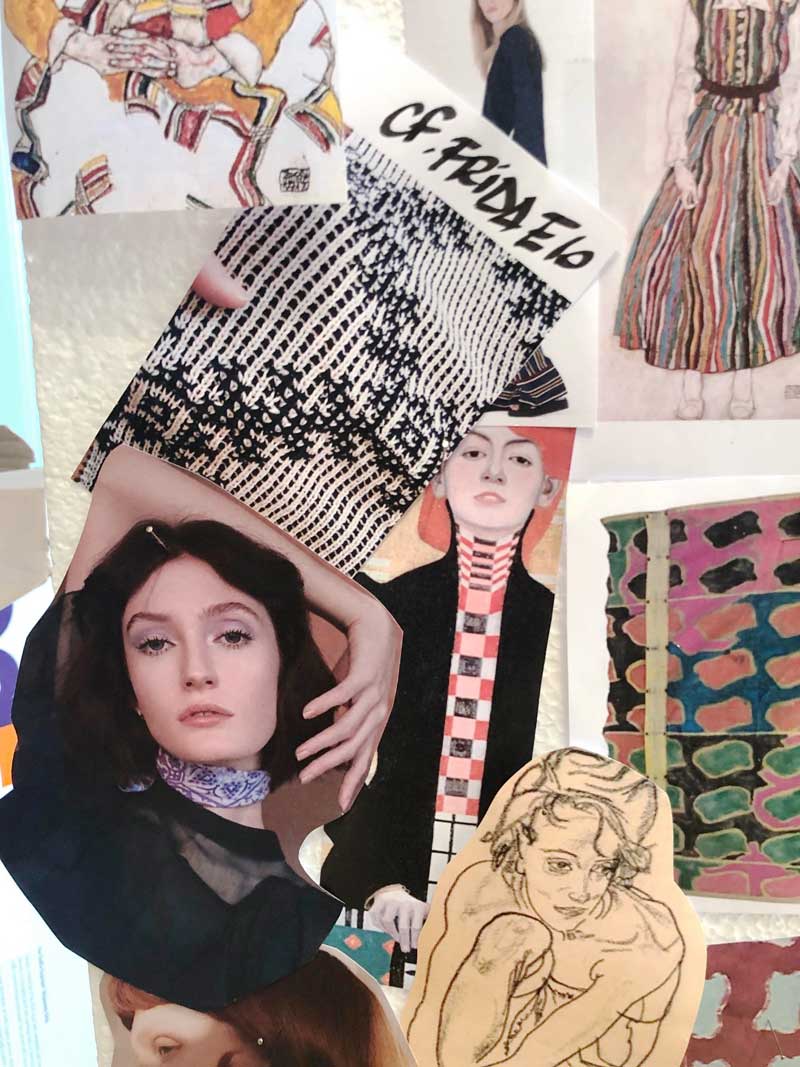 Model Alina Schulzen for AW2019 collection. |
At the turn of the XXth century in Cambridge, the Bloomsbury group and Omega workshop caught all my interest. There were Virginia Woolf, Vanessa Bell, John Keynes, Duncan Grant…In the same impetus as for Arts and Crafts, this group is formed with friends and is questioning the meaning of beauty and developing a major influence on British cultural life. | |
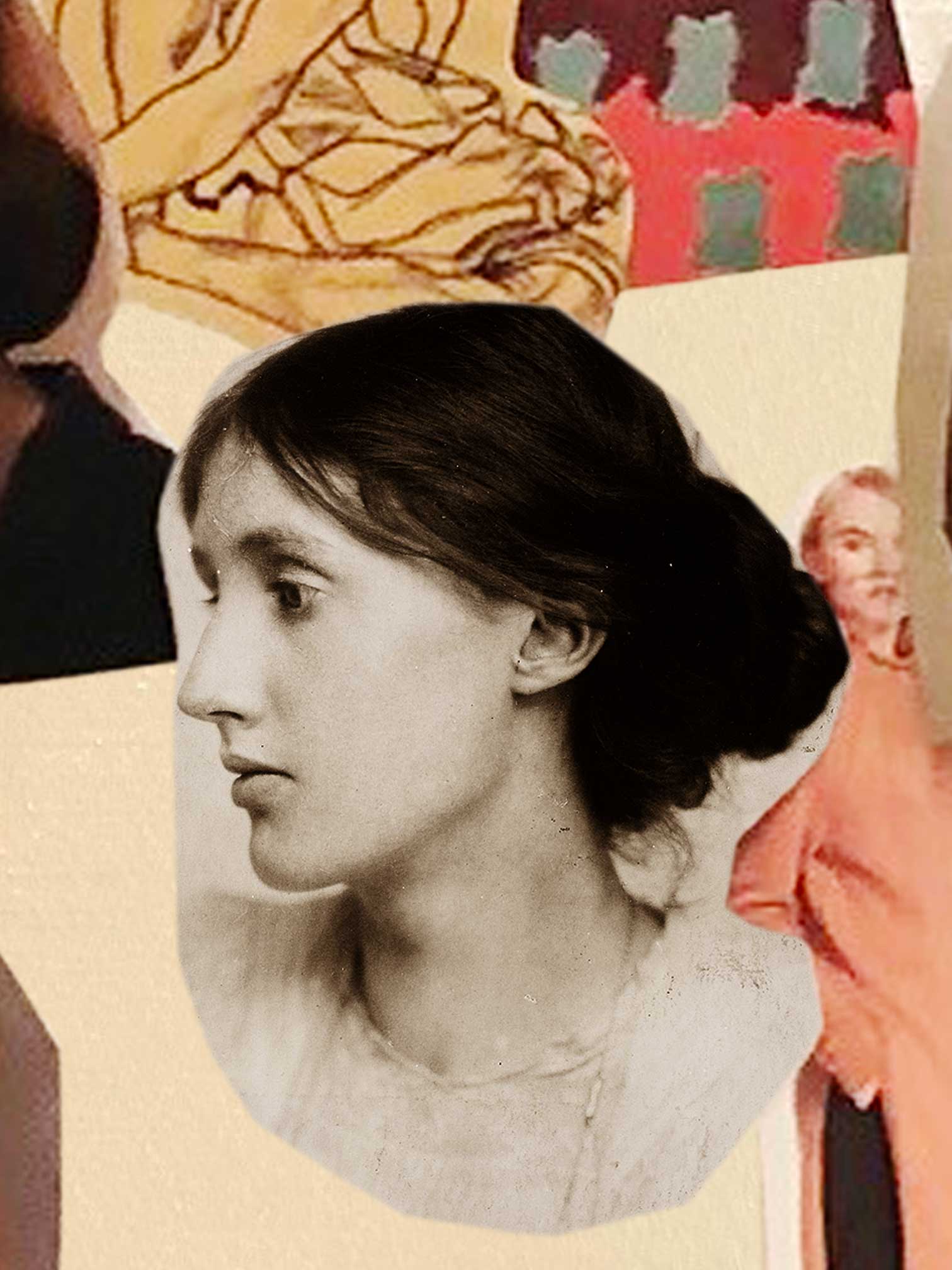 Picture of Virginia Woolf on the mood board. | From all these streams of new ideas coming with the XXth century all over the world, I remember the idea of handcrafting, of manufacturing something with a little defect, an emotional crack which would go against the monotonous uniformity of industrial production. |
Dedale is a kaleidoscopic Argyle motif designed from the overlapping of Episode pattern. This jacquard voile is playing with different tension of yarns which is revealing or hiding the colours. Winter 2019/20 CollectionAt the dawn of the XXth century, silhouettes are slender with fitted riding coats, frilled outfits with puffed sleeves. Artists and daring ladies are throwing away their girdles and start wearing "reformed" dresses and kimono styles open coats.I put these styles into AW 2019/20 collection together with overcoats and long open coats, as well as the iconic riding coat and a range of large and short sweaters with gigot sleeves. | |
Peacock feather motif for Scherzo jacquard. | While designing jacquards, I collected geometric motifs from the prolific renewal of Decorative Arts. This is where Prater and Scherzo designs are coming from after having worked on these Art Nouveau motifs and put them on knitwear grid. Then we worked on many other interpretations and variations to lead to Episode and Dedale jacquards. In each collection, I always work on reversible knitwear because I love playing with this technique specific to knitwear. In this collection, Episode is a new version of reversible jacquard offering a third colour so that the front is showing a two-tone jacquard and the back, a three tone jacquard but in a different pattern. This new technique is now possible on a brand new machine purchased by our manufacturer in Le Pu yen Velay in France. |
Some of the motifs are inspired from Gustav Klimt's paintings as Utopia jacquard and its shimmering effect reminding of the mosaics of Ravenna. | |
Duncan overcoat (photography Richard Haughton). | The shimmering fabric of the dress worn by Adèle Bloch-Bauer on old yellowish photography has been translated into a moiré and evanescent like jacquard called "Adèle" to evoke her ambiguous weakness. The artist Duncan Grant inspired me strong colour block images and I used another tartan pattern, much simpler, much roughly hand painted to be translated into a woolen textured jacquard on a perfecto, a large overcoat and accessories. As for my grandson Elliott's fresco, I selected part of it to be put on a jacquard grid and recolored. And finally, the unavoidable items of our winter collections are bulky sweaters and open coats called "Ultra", knitted in soft tones mixing hairy alpaca with dry wool for a hand knit effect in a twisted stitch which is slowly disappearing into stocking stitch. |
The whole collection is sprinkled with falsely handcraft details, reminding these artistic movements, these thinkers from XXth century modernity.Concerning colours, we immediately fixed 2 variations: green/pink and dark blue/orange with nude pink as a neutral basis for all colour variations. | |
The Renaissance Castle
For many years already, I have been going to the concerts given at Bournazel Castle and been a member of the association. The owners are friends of mine and often offered me to shoot in this magnificent Renaissance building. But until now, I was feeling that the collections didn't fit the place and century. At the beginning of winter, my first idea of shooting in an artist workshop has been fruitless and I had nowhere to stage the collection in.Then my husband suggested and convinced me to reconsider the castle. And one hour driving later, I was scouting locations from another century… Not being so much sure of the validity of my choice, I sent these pictures to Richard Haughton, the photographer whom we are regularly working with. He found the location very unique but was doubtful… till the shooting day when we settled in the castle for 2 full days. | |
Dressing in one of the castle room.
Drawing by Alexandre Miel | Once there, the whole team is exploring and studying the possible locations... marveling about the armchairs covered with historical fabrics, the tapestries covering the walls, the skilled choice of furniture, the patina of the paving stones and the extraordinary restoring work. The place, patiently rebuilt, stone by stone is strangely inhabited. All of us are bewitched, silent and full of respect for it. Then we start improvising and let the magic of Bournazel operate. Alina, the model, is perfectly playing her part of fallen aristocrat, of tormented muse or poetess and the collection is taking it easy either in the ball room or in the galleries. That's all there is to it!
|
Showroom Catherine André at PPPaper, Taipei |



